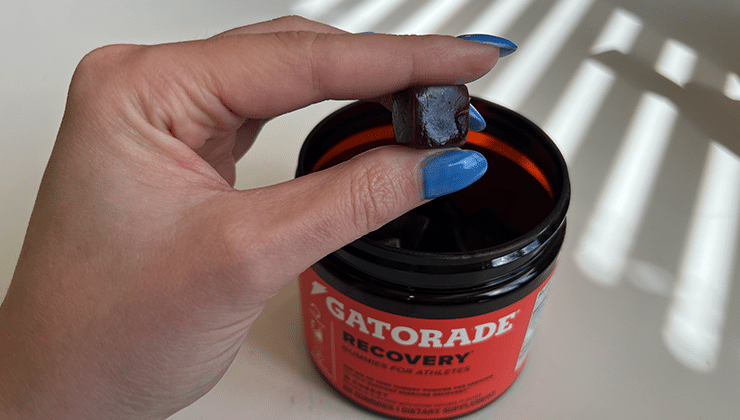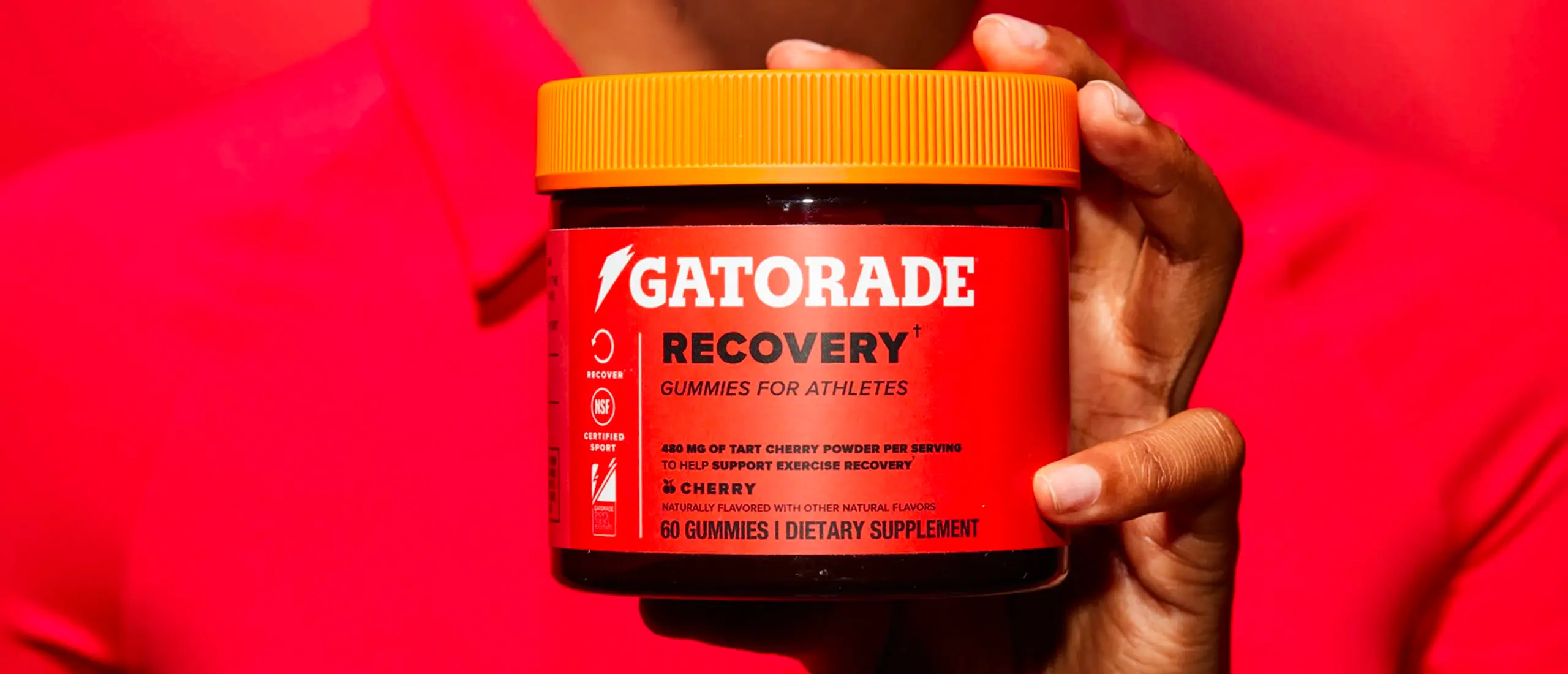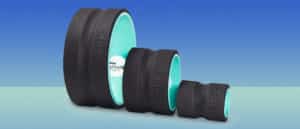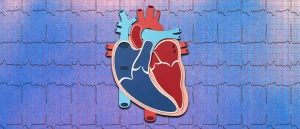Thanks to Gatorade Recovery Gummies, I Might Never Be Sore Again
Welcome to Take My Money, a column where we geek out about our favorite products.
My body is perpetually sore. Even if I don’t work out, it likes to surprise me with aches and pains in places I didn’t even know existed. I’ve woken up with enough creaks in my neck to remember, with painful detail, that I’m just one sleep away from another.
So when a Gatorade Gummies ad popped up in my Instagram feed promising faster muscle recovery, I didn’t hesitate to order. The cherry recovery flavor is packed with tart cherry powder—which Gatorade claims aids exercise recovery. After polishing off the whole bottle (a 30-day supply), here are my honest thoughts.
What Are Gatorade Recovery Gummies?
Gatorade gummies, specifically the cherry recovery flavor, are formulated with vitamin D and tart cherry powder, which is touted to support exercise recovery after intense workouts.
It’s not a gimmick—science agrees.
Muscle soreness, after a particularly tough day in the gym, is a natural (although, uncomfortable) part of the recovery process. This pain is due to inflammation and oxidative stress that accumulates in your muscles, assisting your muscles in repairing tiny tears so they can grow stronger (1, 2).
Studies have shown that tart cherry—which is packed with antioxidants (3)—can help to reduce inflammation and oxidative stress (4, 5). It might also help prevent other muscle damage symptoms such as strength loss and pain (6).

What’s Good About Gatorade Gummies?
Muscle soreness, who?
At the risk of overselling these gummies, I’m here to tell you they solved *almost* all of my muscle pain woes. For weeks I’ve been running on a high—popping gummies, spitting out sprints, heavy weights, and bodyweight HIIT workouts like they’re nothing.
Most notably, my body feels better (read: less sore) than the days I didn’t work out pre-gummies. Yep, that good. It’s not that I don’t get sore at all, there is still a little creakiness here and there; but, the difference is night and day to the pain I was feeling before.
Taste good
Gatorade recovery gummies taste like a cherry Fruit Roll-Up but in a less artificial way. They’re sweet, but not too sweet like actual candy. I can also confirm they don’t have any icky cough syrup aftertaste. If you like cherries, you should be in the clear. If you don’t like the taste of cherries, then I can’t help you there.
No artificial colors
Since most red-colored foods are loaded with red dye 40, I expected these gummies to follow suit. Although the World Health Organization claims red 40 does not present a health concern (7), it contains benzidine—a known human carcinogen permitted in food products in low amounts (8).
After checking the bottle, I’m happy to confirm Gatorade doesn’t use any artificial colors to make these gummies red. Instead, they use red sweet potato juice concentrate, apple juice concentrate, radish juice concentrate, and sour cherry juice concentrate. A far cry from the original Gatorade flavors—like Fruit Punch—which rely on red 40 for their bright red color. Look at Gatorade, getting all woke.
No high fructose corn syrup
Based on the hyper-sweet Gatorade from my peewee soccer days, I tend to assume anything the company puts out is going to be pumped with high fructose corn syrup. I was pleasantly surprised that there wasn’t a trace in the recovery gummies.
Though, they’re not completely void of added sugar. They’re sweetened with tapioca syrup and cane sugar and have five grams of sugar per serving (two gummies). It’s not the best. I typically try to stay away from added sugars.
However, by my standard, sugar is certainly the lesser of two evils when compared to high fructose corn syrup. Plus, at only five grams, it’s still well under the daily recommended amount of 25 grams for women and 35 grams for men (9).
What’s Not Good About Gatorade Recovery Gummies?
Can’t save you from stupid decisions
Unfortunately, my gummy high came crashing down hard when I was challenged to a friendly family game of pickleball. Now, mind you, this was my first time on the court. But my brother-in-law had been talking smack for weeks, and I couldn’t give him the satisfaction. So, yeah, I was flying around.
Six hours later and I couldn’t move my back a centimeter forward or back without being in a world of hurt. Did I think my gummies would solve all my problems? At this point in time, yes I did. The feelings of betrayal were real. What I learned: recovery gummies cannot fix bad form and stupidity. But they can fix muscle soreness after a hard workout.
The Bottom Line
If you’re looking for a recovery tool to help reduce muscle pain and aid your body in the muscle recovery process, Gatorade Recovery Gummies are worth a try. Just note, they aren’t a free pass to workout like you’re sixteen again, and are best when paired with a smart training plan.











